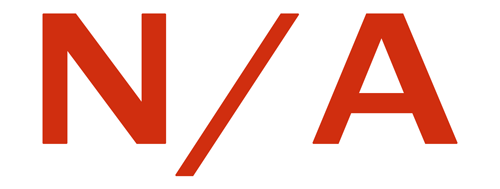The banking sector has seen gains from the Federal Reserve’s efforts to manage inflation. According to data released by the Fed as of July 1, over the last two years, the U.S. central bank distributed over $400 billion to banks and money market funds through interest payments and other transactions aimed at limiting lending to fight inflation.
Following a series of rate hikes in 2022 and 2023, the central bank now offers a 5.4 percent annual interest rate on “reserves” — funds that banks keep parked at the Fed overnight. However, banks haven’t necessarily passed on the windfall to customers, as deposit rates remain relatively low compared to what banks earn from the Fed. Customers would often have to use less convenient tools, such as certificates of deposit, to access rates comparable to what the Fed currently pays.
Congress authorized the Fed to pay interest on reserves starting in 2008. Initially, the interest hovered around 0.1 percent for many years while the Fed kept rates near zero. However, in 2022, inflation surged to an annual rate of 9 percent, prompting the Fed to swiftly increase interest rates.
Interest on reserves provides a significant incentive for banks to lend only at rates higher than what the Fed offers. This is because keeping deposits in their Fed accounts requires minimal effort and entails no risk.
The Fed is employing this method to tighten credit, reduce demand, and thereby alleviate inflationary pressures. By limiting lending, banks also decrease the amount of money in circulation, since they effectively create new money when issuing loans, which is subsequently removed from circulation when loans are paid back.
Another tool in use is known as a “reverse repurchase agreement,” or reverse repo. In this process, the Fed sells treasuries with an agreement to repurchase them the following day at a slightly higher price. The difference in price is stated by the Fed as an annual rate and is influenced by its rate hikes, with the current key rate standing at 5.3 percent.
Although the rate on reverse repos is lower than the interest on reserves, reverse repos offer better cash flow since they pay out daily, while interest on reserves is paid biweekly. Additionally, reverse repos are available not only to banks but also to money market funds.
The amount of reverse repos has fallen sharply from over $2.5 trillion on December 30, 2022, to about $660 billion by June 28.
Interest payments on reserves and reverse repos have been costing the Fed approximately $3.5 billion per week, calculated from weekly averages of reserve balances held at the Fed and daily volumes of reverse repos.
Paying hundreds of billions of dollars in interest isn’t a technical issue for the Fed because it has the ability to create new money electronically. However, the influx of new dollars does contribute to inflationary pressures.
Since reaching its highest point in mid-2022, price inflation has decreased notably, according to data from the Bureau of Labor Statistics. However, over the past year, it has stayed above 3 percent, surpassing the Fed’s target rate of 2 percent. An alternative measure of price inflation published by the Bureau of Economic Analysis showed slightly lower numbers, at 2.6 percent for May, which still exceeds the Fed’s target.
Market expectations point toward the Fed beginning to lower rates later this year, possibly starting in September. However, any reductions are anticipated to be gradual, likely around a quarter of a percentage point every six weeks.
Americans have likely observed the elevated interest rates on mortgages and car loans, as well as the rates banks offer on deposits.
Certain smaller banks are currently providing high-yield savings accounts with interest rates exceeding 5 percent.
Among the four largest banks—JPMorgan Chase, Bank of America, Citibank, and Wells Fargo—only one seems to currently offer a similar high-yield account.
Share your thoughts by scrolling down to leave a comment.

